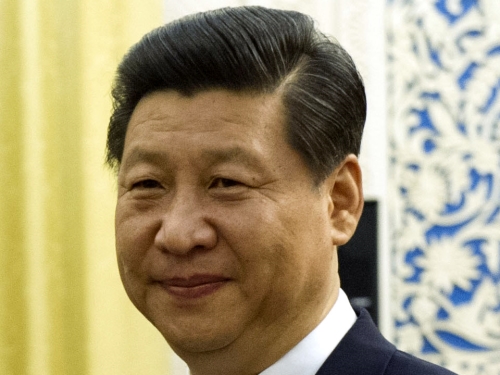
This article was originally published by E-International Relations on 2 September, 2014.
A UN-sponsored report recently concluded that more than 191,000 people have now been killed in the Syrian conflict. Commenting on the report, UN High Commissioner for Human Rights Navi Pillay strongly criticized the Security Council for its inaction. The case of Syria has once again raised the question about the relevance of the UN and its ability to protect civilians. While civilians are being slaughtered on the battlefield, the UN Security Council fails to agree on an appropriate reaction. It may remind us of historical failures of the UN, like in Rwanda and Bosnia. What happened to the promises that “never again” would this happen?



